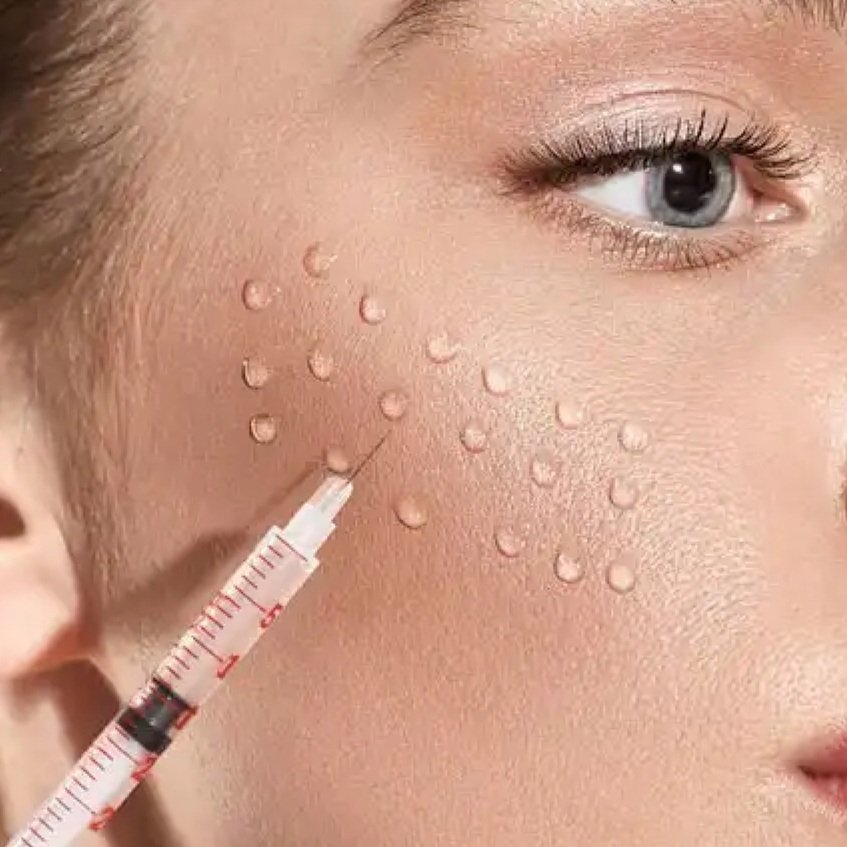Seeing your favourite clothes lose their vibrant colors can be a real bummer but don’t worry! With a few easy tricks and some fabric care knowledge, you can keep your clothes looking their best and prevent fading in the first place. This guide will dive into the science behind fading and show you how to keep your clothes looking fresh for longer.
Reasons behind fading
Sunlight
Sunlight emits powerful UVA and UVB radiation, both of which can directly cause colour fading in your clothes. These radiations have high energy photons that react with chemical bonds within the dye molecules, making them detach from the fabric’s fibres. As a result, the color intensity breaks, making the fabric look faded and dull.
Natural fibers such as cotton or linen are more prone to sun fading than synthetic fibers. This is why your bright white cotton shirt may start looking yellowish after too much sun exposure, or your once deep blacks and navy’s taking on a faded and less attractive colour tone.
Washing cycle & temperature
Choosing the right detergent and washing temperature are both very important for effective fabric care. Detergents with harsh formulation don’t only take away the dirt and sweat, but they also strip away the colour of your clothing over time.
Hot-water cycles are much more likely to break the dye molecules within your fabric, making it prone to colour bleeding and even shrinking.
Bleach & other chemicals
Bleach and other chlorine-based whiteners work via a process called “oxidation”. Bleach releases oxygen molecules that decompose the chemical bonds of chromophores. The modified chemical molecules stop reflecting colour outside the visible spectrum, making the fabric look “white”.
While bleach can be used to remove stains from your whites, using it for your coloured or printed clothes will ruin them in only one wash.
TOP TIP: Steer clear of optical whiteners even when shopping for other laundry essentials such as fabric softeners.
Fabric care tips to avoid fading in clothes
Now that we have discussed the main reasons behind faded clothing, it’s time to dive into some solutions. Below we have mentioned the most useful (and fact checked) tricks for reviving your worn-out clothes.
Always read the care label
A care label is your fabric care bible that includes the washing, drying, and ironing instructions for your clothing. If you don’t know what the symbols on a care label mean, check out the following pointers.
- The washtub symbol explains washing instructions.
- The square symbol explains drying instructions.
- The triangle symbol explains bleaching instructions.
- The iron symbol explains ironing instructions.
- The circle symbol explains dry-cleaning instructions.
You can get the maximum information about your fabric from the care label. Whether to use a delicate or normal cycle, water-clean or dry-clean your garment, everything is mentioned on the label. Sticking to these guidelines can help prevent your clothes from fading for longer.
Choose the right temperature
Washing temperature plays an important role in cleaning effectiveness and fabric care.
HOT WATER (140ºF and above)
This temperature is recommended for cleaning heavily soiled clothes such as towels, and bedsheets. High temperature helps in killing bacteria and cleans the fabric thoroughly.
WARM WATER (90°F to 110°F)
This is a versatile temperature most suitable for washing everyday cotton clothes. It helps maintain a bal ance between cleaning power and colour protection.
COLD WATER (60°F to 80°F)
Cold water is the best temperature to prevent colour fading. It is ideal to wash delicates, bright prints, coloured clothes or anything that is hardly breaking any sweat. As long as your garments are not heavily soiled or have tough stains to remove, there is no harm in washing them in cold water cycle. It will even help you to save up on electricity bills as hot and warm water cycles consume much more power.
Use BIORESTORE
BIORESTORE cotton is a Re-Tergent that uses enzymes to fight colour fading on cotton clothing. For cotton fabric care, simply follow these simple steps to make them new again.
- Add a sachet of BIORESTORE for 6-8 items of clothing.
- Set the temperature to 40ºC and run a cycle for 2 hours.
- Finish off with tumble drying.
As long as your clothing items are made of 70% to 100% cotton, you don’t need to worry about patch testing or anything else. BIORESTORE is a science-based laundry powder that renews prints and revives the original texture and hand feel of your worn-out clothing with only one home laundry wash.
Turn your clothes inside out
When you wash and dry your clothes, they face a lot of friction from other items in the laundry machine, detergent, and even the centrifugal force. All of these forces combined can make your clothes fade out sooner. Hence, turning them inside out can help in minimising visible fading.
At the bottom line, understanding the causes of fading and employing simple fabric care tips can help you keep your clothes vibrant for longer. Checking the care label, using a Re-Tergent, and avoiding direct sunlight- all of these habits can transform laundry day from a chore into an act of love for your favorite clothes. These small actions will ensure your garments stay looking their best, season after season, allowing you to express your unique style with confidence.
Have a happy day!
FAQ’s
Q1. How to restore white faded clothes?
Whites tend to turn yellowish or greyish after a few wears and laundry spins. While bleach is most commonly used to make whites “pop” again, it significantly damages the fibre of the fabric, making it highly prone to breakage.
Leaving your white cotton clothes to dry under sunlight for 1-2 hours can make them brighter and cleaner. The UV radiation creates a natural bleaching effect which helps in keeping your whites vibrant for longer.
BIORESTORE is another alternative that helps renew your clothes without any bleach or harmful chemicals. The enzymes in BIORESTORE exfoliate your garments’ surface, carefully removing pilling and bobbles and restoring its original colour and texture.
In case of stains, try applying diluted lemon juice to the affected area. Lemon is a source of citric acid, which is proved to work effectively on stains. It is best to do a patch test before completing the process as home recipes may give different results on different types of clothing.
Q2. How to restore black faded clothes?
Blacks have the quality of pairing well with different colour combinations, yet they are the ones to fade most quickly. To restore black cotton clothes, BIORESTORE is the best choice. For denims or jeans, try a dye reviver.
Caution: Make sure to take preventive measures such as gloves, eye protection, etc., before diving into the redyeing method.



